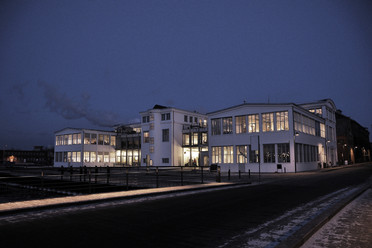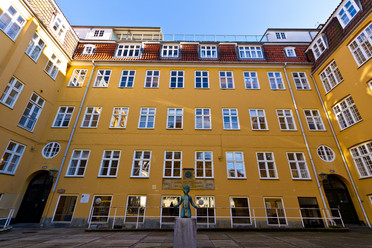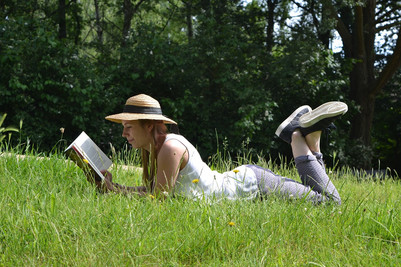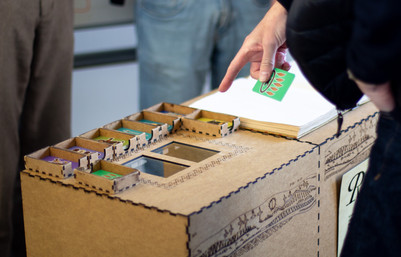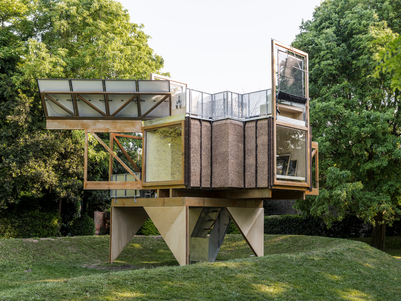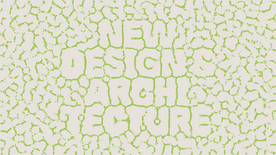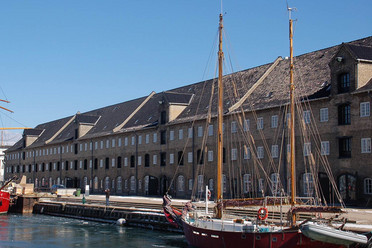
Regenerative design in digital practice
New book on regenerative design in architecture fills a gap in existing litterature by introducing fundamental design principles of regenerative design practice whilst acknowledging the potential and imperative of integrating science, big data and multi-discipline digital tools in the design process.
Architectural design can no longer be only concerned with developing artefacts that produce reduced environmental impacts within a certain threshold of emissions. Conversely, buildings today must be developed to reverse the effects of climatechange, increase the strenght of natural systems and create a circular - carbon positive built environment that supports inhabitants wellbeing.
'Regenerative Design in the Digital Practice' explores how the regenerative concept is now being applied to the design of cities and buildings. A series of digital design approaches are exemplified via a series of examples drawn from leading international practitioners and researchers from KADK, ETH Future Cities Laboratory, AIT Austrian Institute of Technology, TU München, Henning Larsen, BIG - Bjarke Ingels Group, Ladybug Tools, Living Future Institute, International WELL Building Institute - IWBI, EPFL, and many others.
About the editors
The main editors and writers are Emanuele Naboni, Associate Professor at KADK and Lisanne Havinga, Researcher in Building Physics and Architecture at the Department of the Built Environment of Eindhoven University of Technology. The co-editors are Martin Brown, Angela Loder, Sergio Altomonte, Terri Peters, Luca Finocchiaro, Ata Chokhachian, Clarice Bleil De Souza, Catherine De Wolf, and Antonino Marvuglia. The preface is written by Maibritt Pedersen Zari.
The book, published by Eurac Research, is open access thanks to the generous support of COST - European Cooperation in Science and Technology, the H2020 program and costRestore.


